
Motivated by my growing interest in the origins of the Bauhaus school (1919–1933) and mixed emotions towards Modernist ideas, I set out to explore 14 years of the existence of the original school, approaching it through a prism of career paths and personal lives led by each one of its three directors: Walter Gropius (1919–28, red), Hannes Meyer (1928–30, yellow) and Ludwig Mies van der Rohe (1930–33, blue).
I presented my findings as a trilogy of hand-bound, monochromatic, digitally printed books. Every publication includes a small catalogue and an index of all significant projects done by a director.

About
The Bauhaus, one of the most celebrated schools of architecture and design only existed for 14 years, yet defined the products of our age and created the visual language we think of as innate. While we often tend to perceive the ‘Bauhaus style’ as a consistent entity, in its lifetime the school experienced a lot of radical changes, so much so that the Bauhaus of 1919 had absolutely nothing to do with the Bauhaus of 1933.
The key to understanding these transformations is in the identities of the Bauhaus directors. No other school was ever as strongly defined by the personality of its headmaster, mirroring their core values and career paths.
Walter Gropius
Walter Gropius, the first director, was in charge from 1919 to 1928.
Walter Gropius, the first director, was in charge from 1919 to 1928.
One of the most influential modern architects along with Le Corbusier and Mies van der Rohe, he recognised the need in a new generation of artists, founded the school and himself pioneered modern industrial design in its simplicity of a form and clarity of a message.




“The name was Gropius’s own invention. It referenced both German for ‘building’ and the ‘Bauhütte’, a premodern guild of stonemasons.
The ideology of the new school was his brainchild as well. Gropius thought, he was finally able to translate ideas from the radical artists’ associations he attended into reality.”
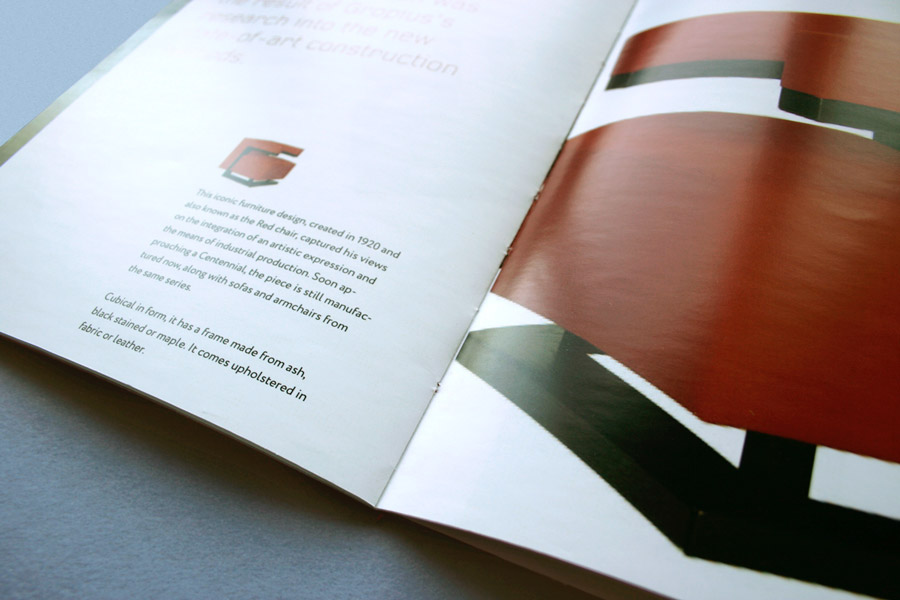
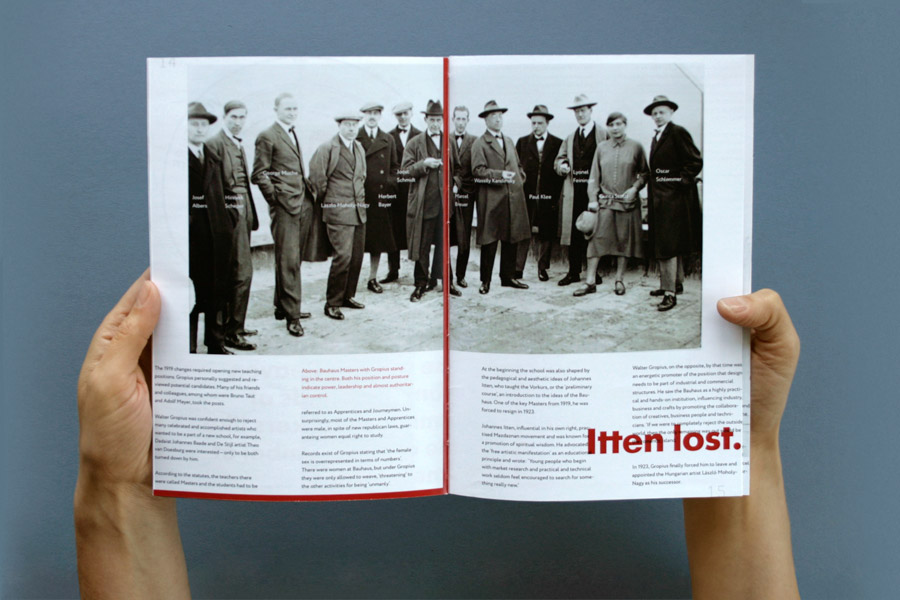

‘Walter Gropius was confident enough to reject many celebrated and accomplished artists who wanted to be a part of a new school, for example, Dadaist Johannes Baade and De Stijl artist Theo van Doesburg were interested—only to be both turned down by him.’
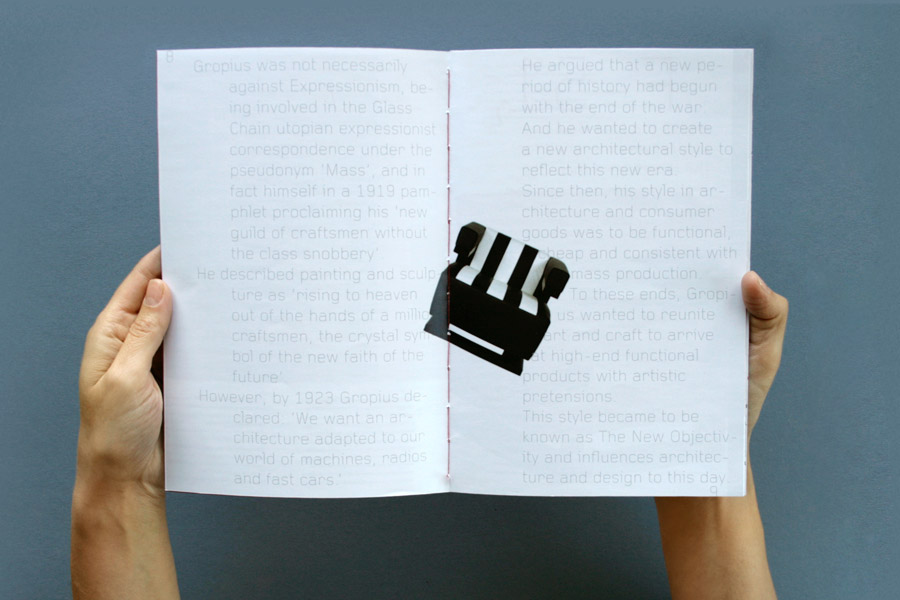


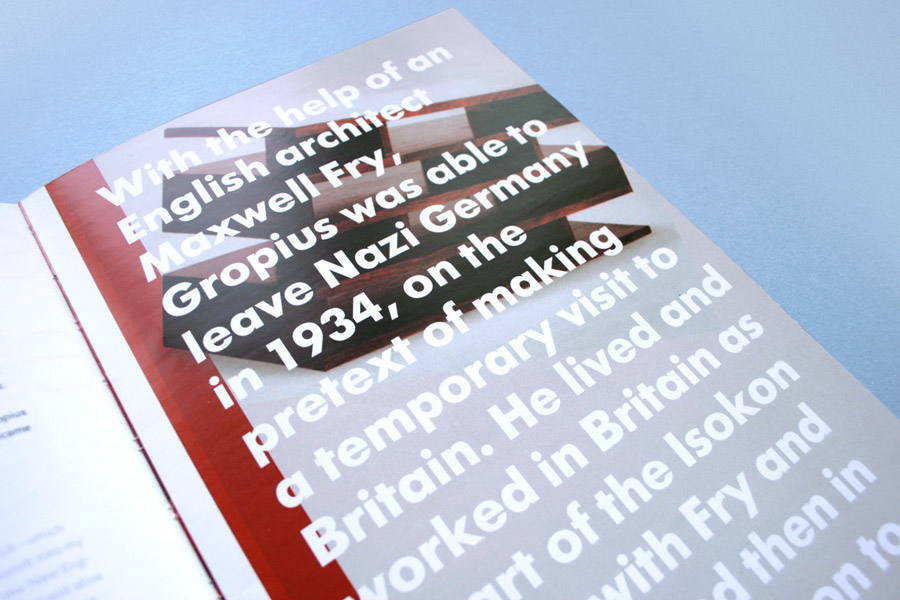
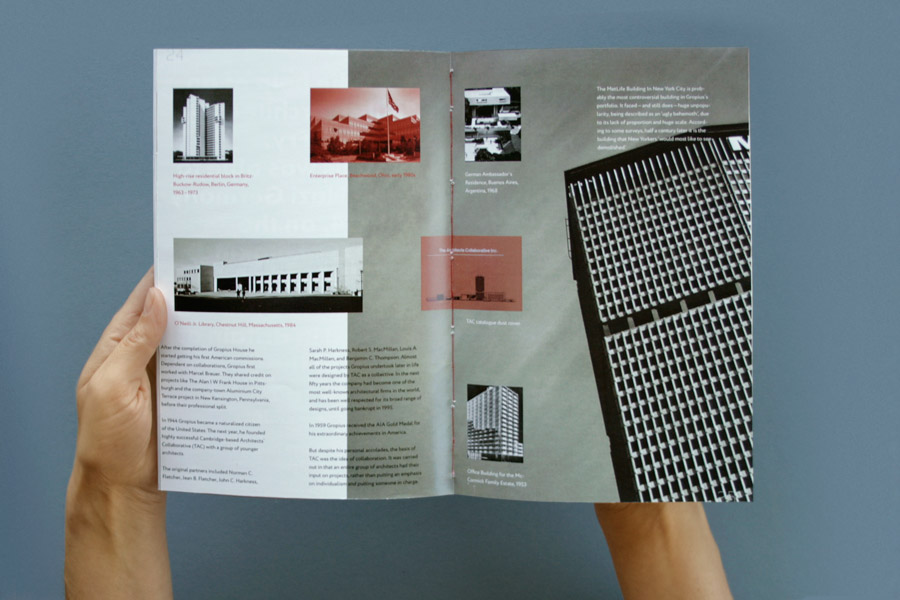
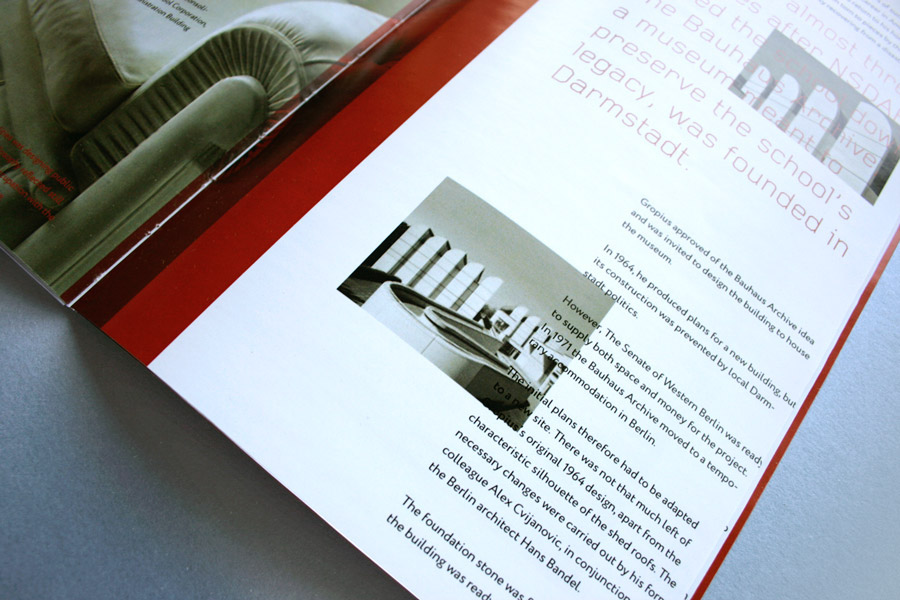


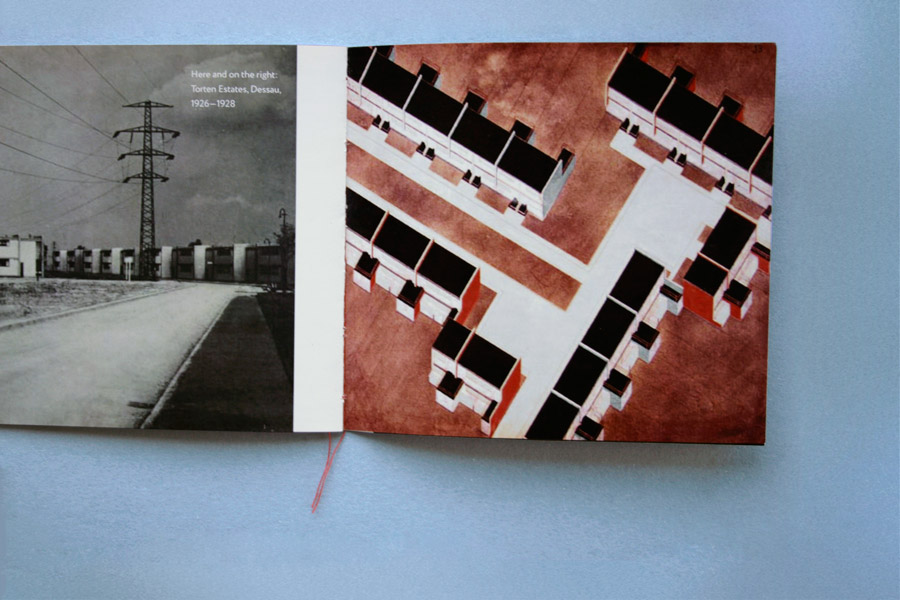
Hannes Meyer
Hannes Meyer, the second director, was in charge from 1928 to 1930.
The least well-known and the most underrated of the three, an outcast, most of those buildings only exist on paper, Meyer had a radical vision, that made the Bauhaus into an independent, profitable institution and gave us the concept of user-centered design.



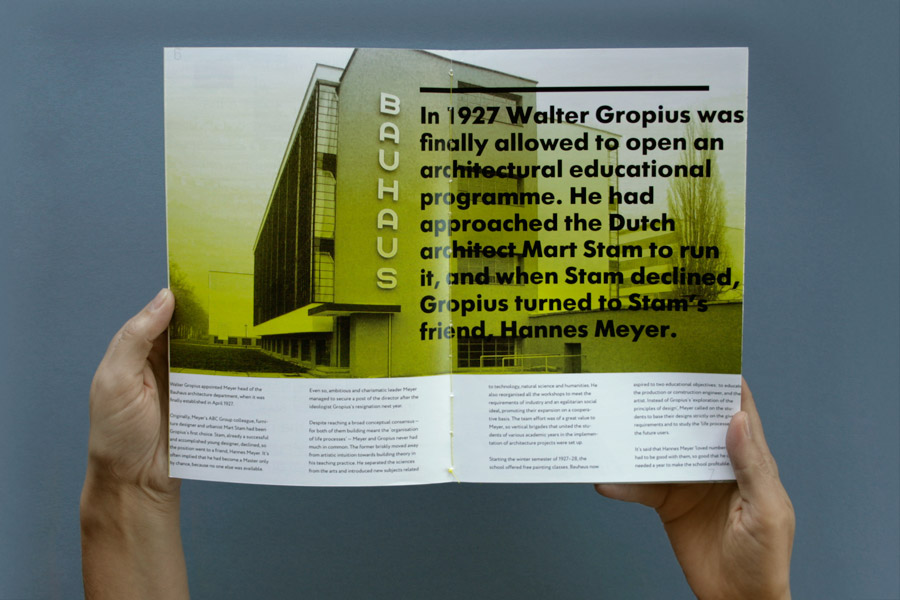



‘Meyer was the first director who succeeded in graduating students due to a school’s new status of an Institute of Design.
But most importantly, Meyer’s love of numbers brought the two most significant building commissions for the school, both of which still stand: five apartment buildings in the city of Dessau, and the headquarters of the Federal School of the Allgemeiner Deutscher Gewerkschaftsbund, a confederation of German trade unions, in Bernau.
This meant the Bauhaus could now imagine its future being not in the hands of unstable, manipulative Weimar republic bureaucrats, but in their own hands.’


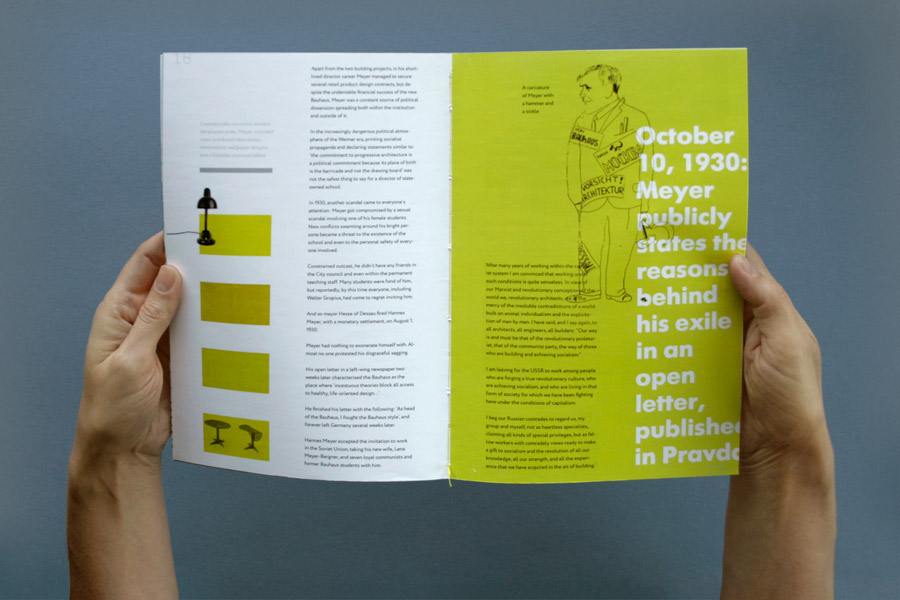

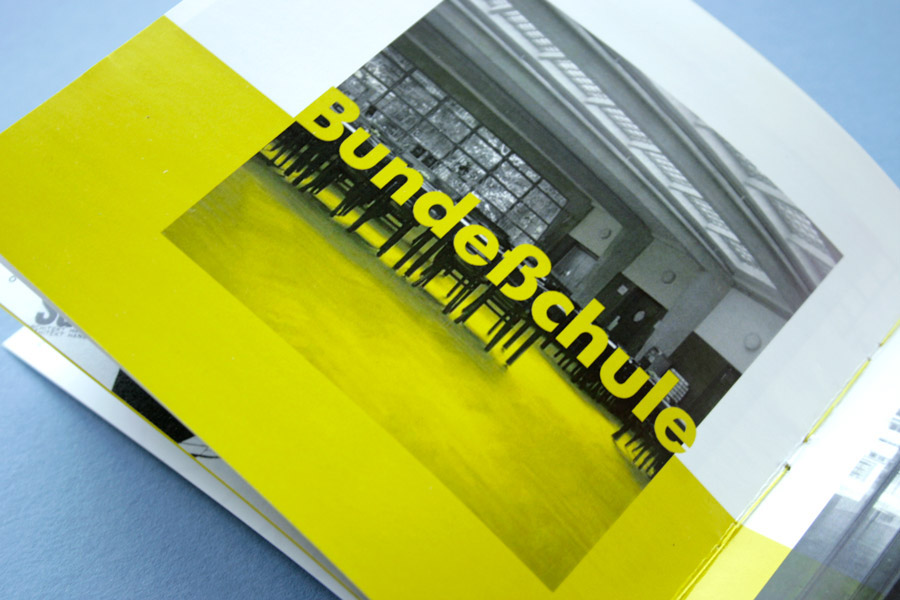
Ludwig Mies van der Rohe
Ludwig Mies van der Rohe, the third director, was in charge from 1930 to 1933.
A stone carver’s son, who came to be an iconic figure of the modernist design and probably is the most celebrated architect of the twentieth century, Mies was appointed to the school’s rescue in 1930. It was one of the few tasks he’s ever failed.


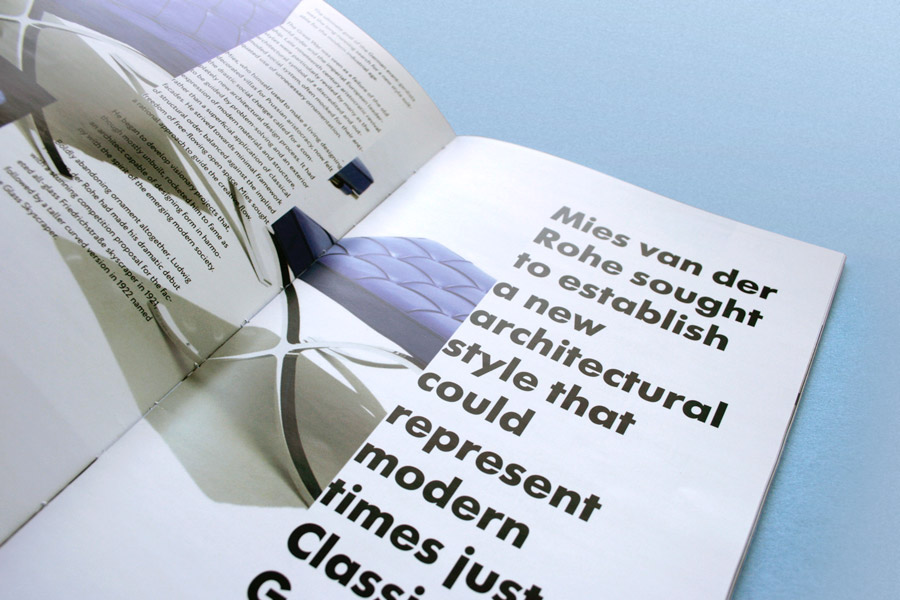


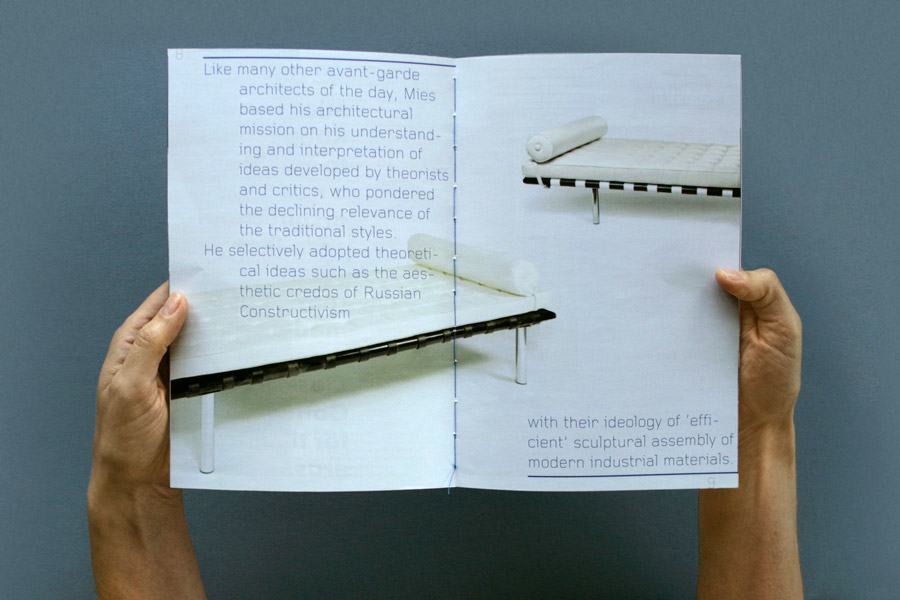
‘Ludwig Mies van der Rohe was far more successful than his two predecessors, having already achieved a reputation of the leading architect in Germany when appointed as the Bauhaus director in 1930. His spectacular Barcelona Pavilion successfully represented the Weimar Republic to the world. His tubular chair was a best-seller in America.’
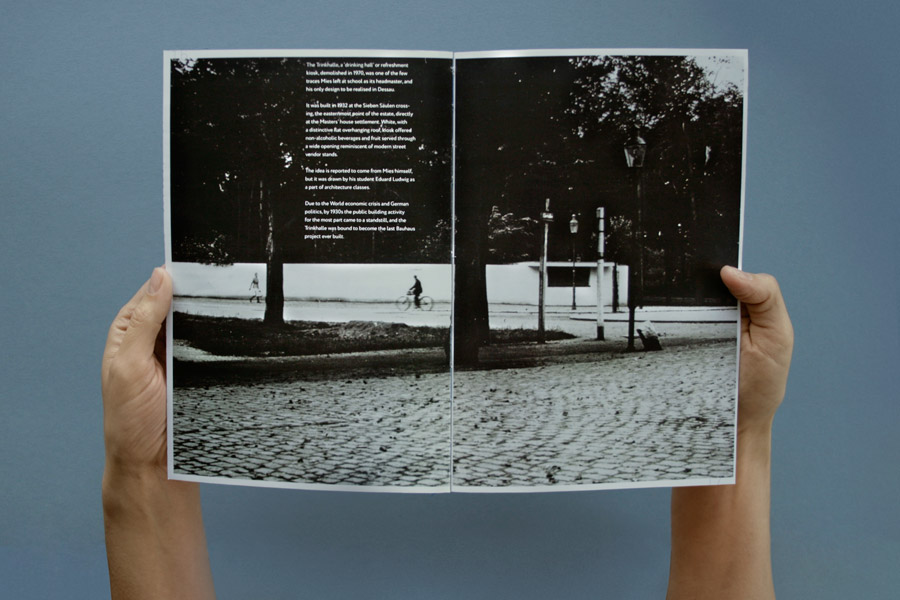

‘In the autumn of unstable and troubling 1930, Hitler’s party expanded its presence in Reistag from 12 to a staggering 107 seats. In 1932 they came in first with more than one third of the vote, shockingly becoming the biggest, virtually unstoppable political force, with ever growing influence.
NSDAP despised modernist architecture and International style. Mies couldn’t build in Germany anymore.’






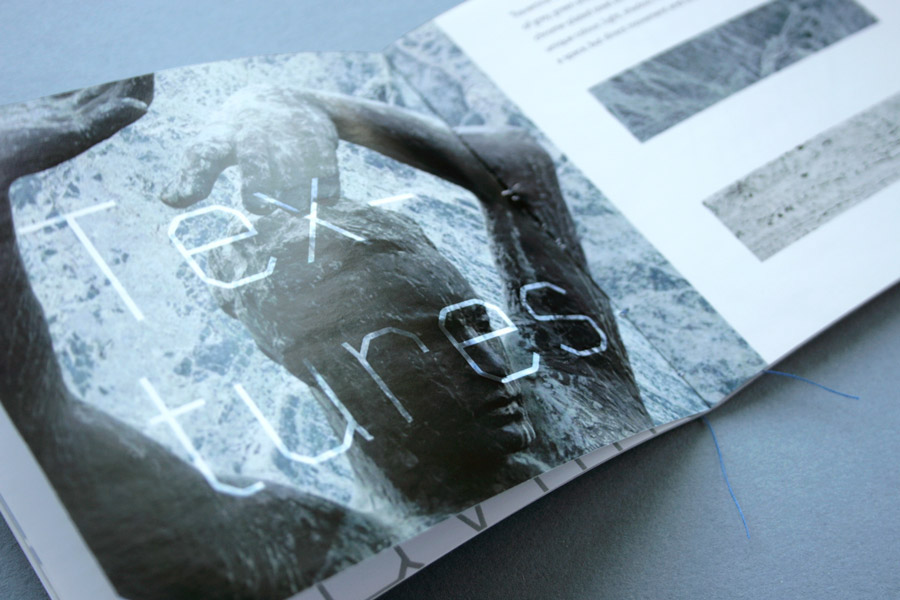

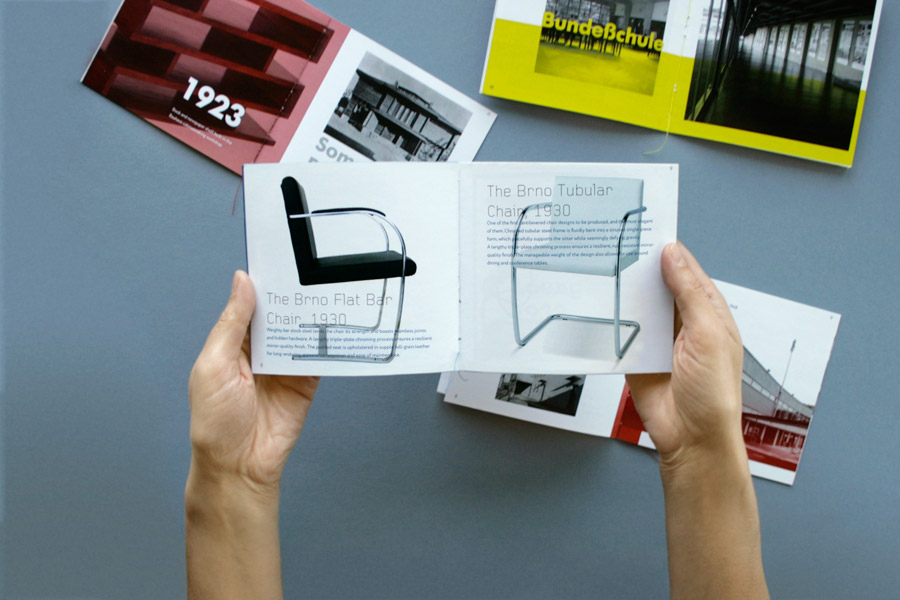
Self-initiated project, 2013





